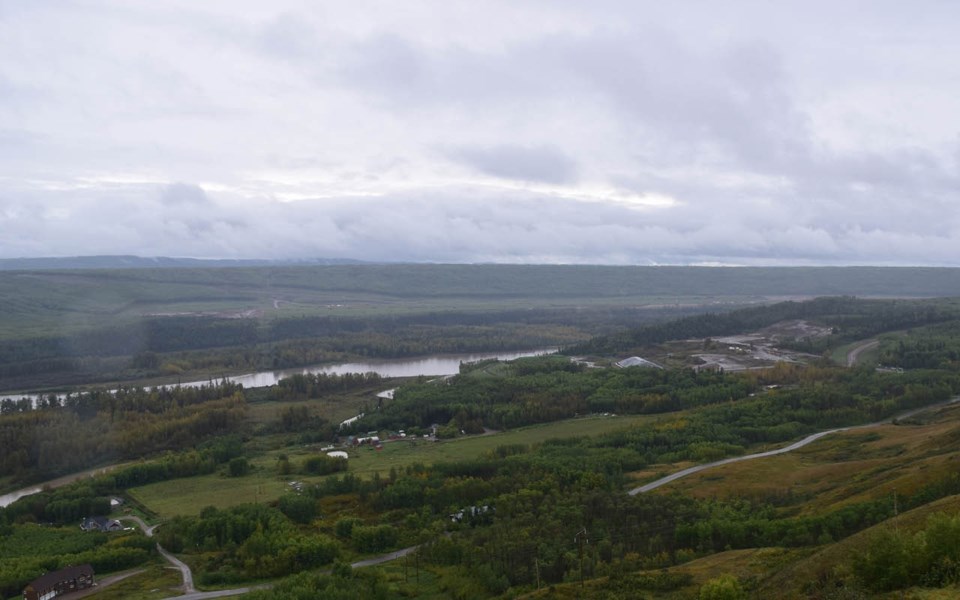In my last column (Pique, Apr. 19) I described a study in which the authors hypothesized that widespread commercial and graphic use of images of charismatic megafauna (big cats, bears, giraffes, gorillas, rhinos, etc.) created an illusion that the conservation status of these animals was stable when, in fact, most had undergone catastrophic population declines in recent years. The study further held that this assumption of "care taken" has, in fact, contributed to those very declines—the opposite of what we imagine our love for such animals achieves. This, it turns out, is a common theme in our modern world, where positive narratives that serve the radical-extractionist agendas of governments and industry mask a contrary reality. There is no greater victim on this count than the environment.
Illusionary narratives often begin with a label, one that appeals to right-minded people. Favourites on government ledgers include prosperity, job creation, science-based, indigenous consultation, safety, sustainability and transparency—all of which can also be buzzwords that conveniently obfuscate a polar sleight-of-hand. During the time Conservative Prime Minister Stephen Harper was in power, such messaging reached a level of absurdity that, in some cases, has been carried on by the current Justin Trudeau Liberal government.
Industry employs similar-sounding hand-waving, as well as creating illusions through (poorly regulated) product labelling like green, organic, and natural (my favourite for its nebulosity). Take the "clean energy" mantra of the previous B.C. Liberal government and its toady, BC Hydro. Electricity generated from running water is clean in that it's renewable, but the landscape-level impacts of mega-dams—interruption of wildlife movements and genetic connectivity of aquatic communities, impacts to human health and loss of land-use to communities—are completely glossed over in this statement. Sustainable harvest is another: the phrase is only relevant to a crop that can be replaced, or a selective long-term process that preserves the nature of the original resource. Clear-cutting old-growth forest—as the province and industry continue to do with rapid abandon—in no way fits this label because it is wholesale removal of a unique ecosystem that cannot be replaced (industrial fishing methods have the same effect in our oceans).
Narrative spinning and illusions have plagued the contretemps in B.C. around fossil-fuel energy projects for decades, so no surprise that the current Kinder Morgan pipeline debate comprises many outright lies with pretty labels. A good example is the federal government's much ballyhooed world-class spill response, a tagline gifted it by Christy Clark in her infamous "Five Conditions"—itself a drawn-out façade of resistance aimed at keeping environment-minded fence-sitters on board through an election when in reality she had already acquiesced to these pipeline projects in backroom deals.
B.C. also endured the illusions of an LNG bonanza based on false claims about jobs, future prices and willing markets. Despite the hallucinatory nature of that dream—since crumbled to reveal a much-less-rosy reality—we're offered the same hollow reasoning for Kinder Morgan when a) the economic numbers simply don't justify it, and b) any expansion of Alberta's tar sands will result in Canada not being able to meet its Paris Climate Agreement targets. It is thus beyond illusory to believe, as the feds state, that it's necessary to expand the tar sands in order to pay for a transition from fossil fuels to renewable energy—especially at the current bargain-basement royalty rates energy companies enjoy. And this past weekend, when they rose to unheralded and continent-leading heights, we were all reminded of one of the most longstanding illusions of all: gas prices.
Gas prices have long been an illusion in North America, where we've had the luxury of financially and environmentally subsidized prices forever. If those subsidies were removed (as had been whimsically promised by Trudeau before the Canadian Association of Petroleum Producers and panicky Alberta politicians bent his ear about it) and all the real upstream/downstream costs to the environment, climate and human health added in, prices would be much, much higher. As would be the cost of goods and services currently subsidized by cheap gas. In most European countries they've been paying a more realistic $2/litre or more for years, which has driven both less use and more innovation in everything from automotive to public-transportation sectors.
When it comes to any aspects of the environment, we inhabit a house of cards that projects the illusion of a solid structure. Meaning that no matter what we think we see, the reality of growing fragility—and catastrophe—remains.




